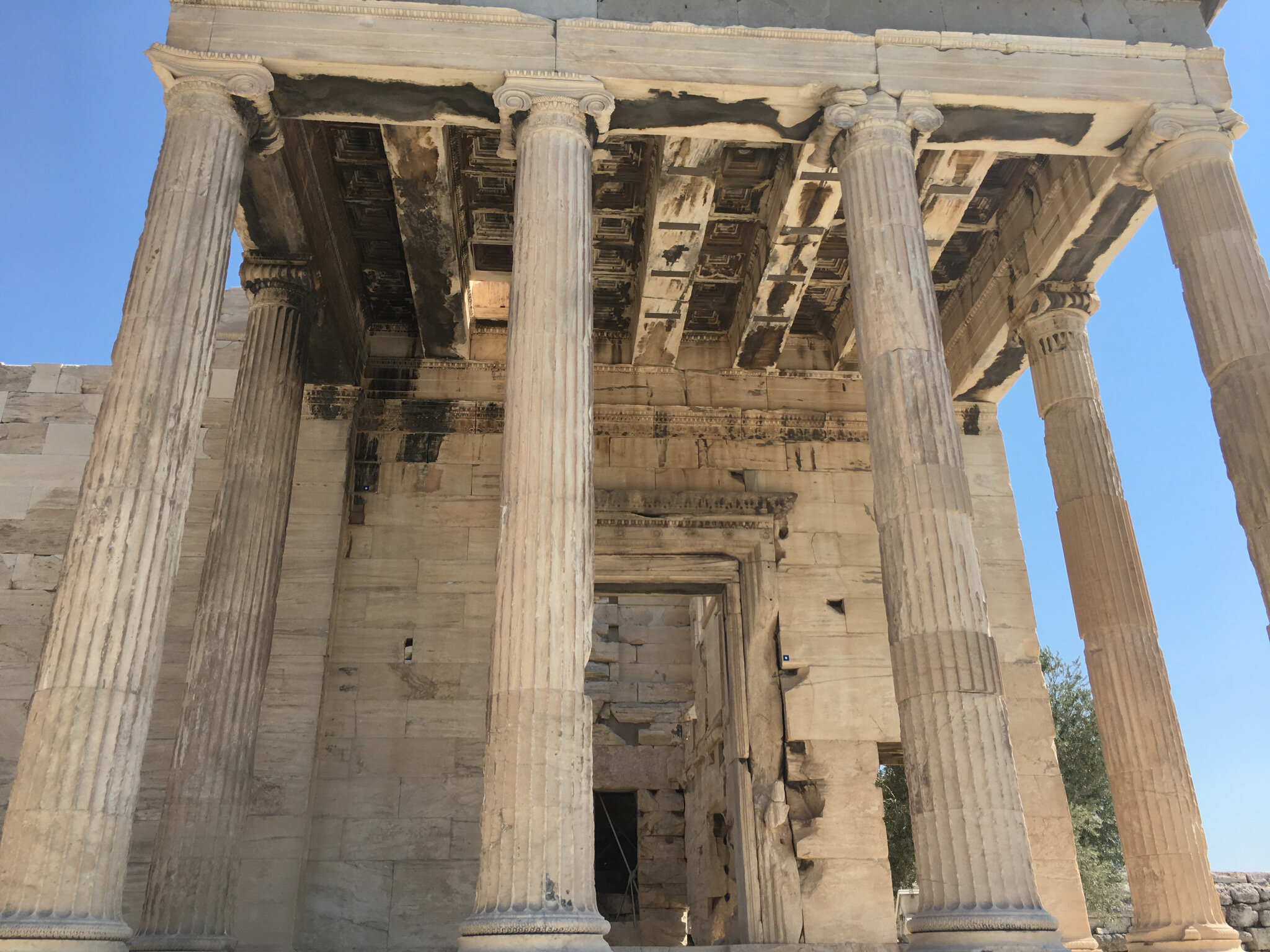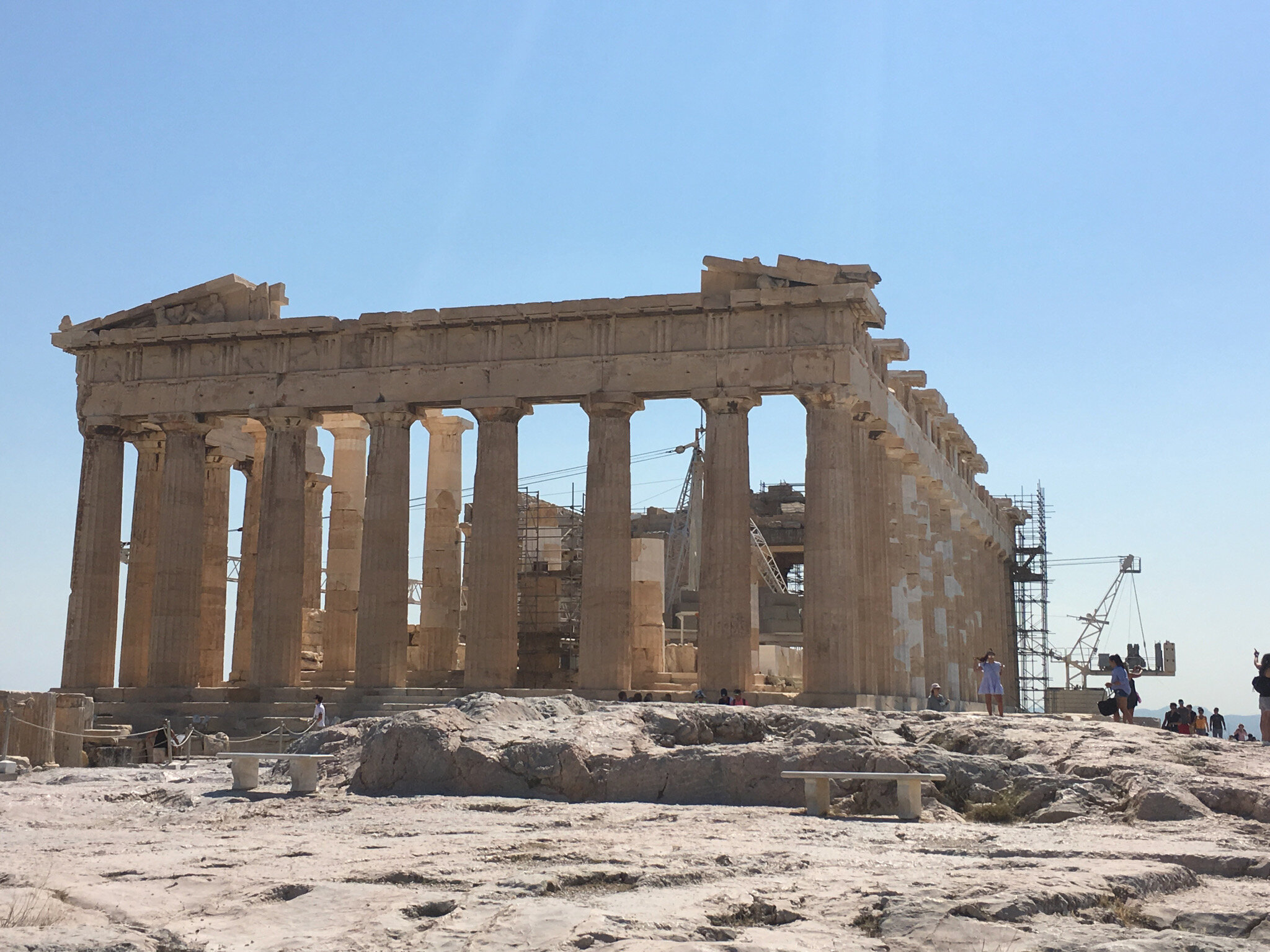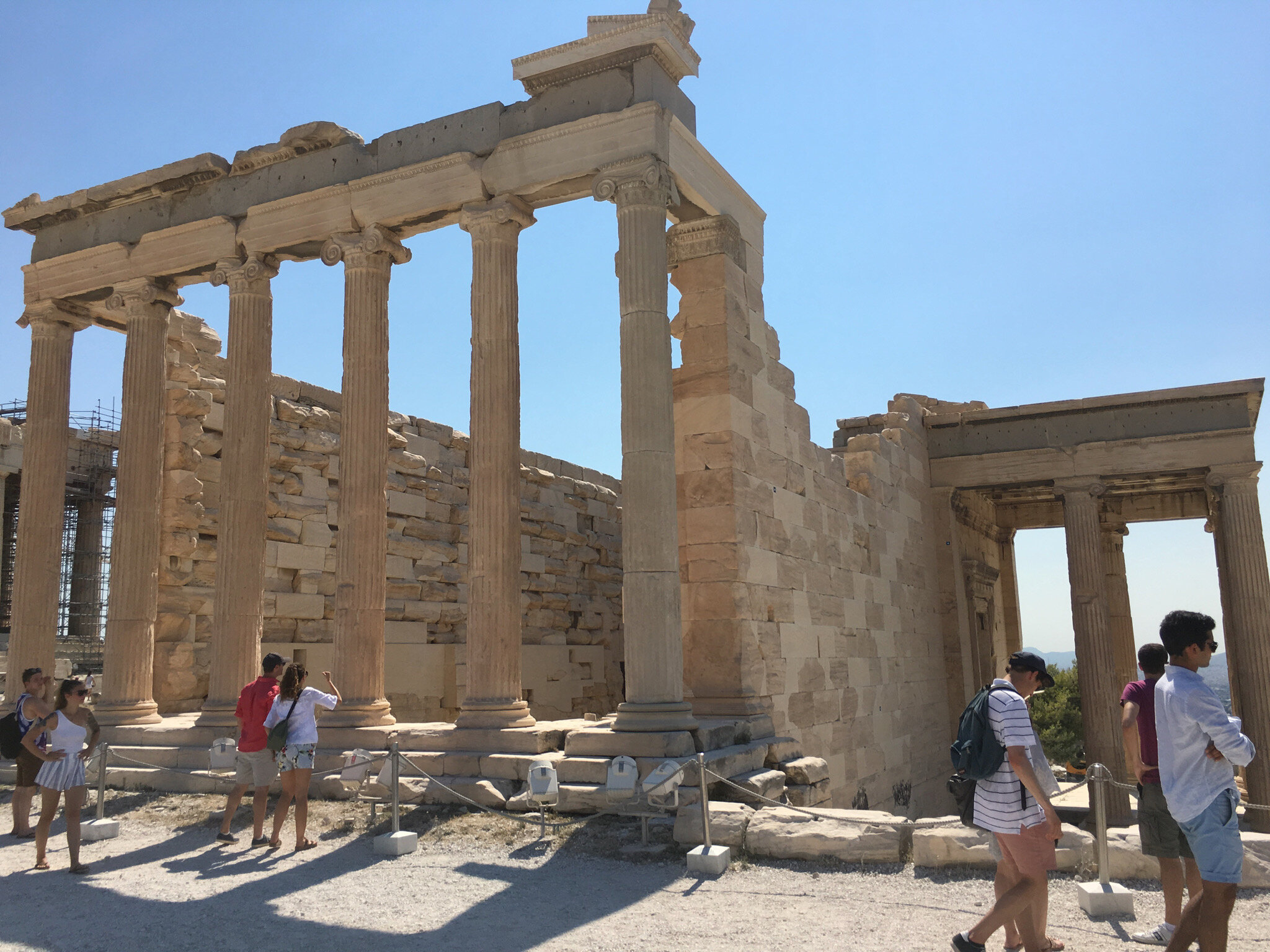Acropolis of Athens, Greece








The Acropolis is the most important ancient site in the Western world. Visible from almost everywhere within the city, it stands watch over Athens. The monuments and sanctuaries that make up the Acropolis were constructed of white Pentelic marble, causing them to gleam in the midday sun and gradually change colour as the sun sets. At night, this masterpiece stands illuminated above the city.
It was first inhabited in Neolithic times, approximately 4000 to 3000 BC. The earliest buildings were constructed here during the Mycenaean era and people continued to live on the Acropolis until the late 6th century BC. After all the buildings on the Acropolis were burned down by the Persians in 480 BC, Pericles, a prominent and influential Greek statesman who served as the general of Athens, began his challenging rebuild. He transformed the Acropolis into a city of temples, using only the best materials, architects, sculptors and artists.
The Acropolis has faced years of damage, inflicted during many periods of foreign occupation. It became a World Heritage site in 1987 and major restoration programs are currently underway. Many of the original sculptures and friezes have since been moved to the Acropolis Museum and replaced with copies.
Present structures include the Parthenon, Propylaea, Temple of Athena Nike, Belle Fate, Odeon of Herod Atticus, Theatre of Dionysus, Erechtheion, Altar of Athena Polias and Stoa of Eumenes. It also includes the ruins of the Athena Promachos, Old Temple of Athena, Sanctuary of Zeus Polieus and Rome and Agustus Altar.
The Parthenon is an enormous Doric-style temple that will always be the main attraction of the Acropolis. In its glory day, it featured ornate sculptures and housed a spectacular statue of the goddess Athena. This temple is an architectural masterpiece and if you have the time, and the crowds are not too overwhelming, take the time to listen as the wind rips through the columns and tells a tale of endurance throughout the ages.
The best time to visit Athens is during late winter or spring when grass and wildflowers cover the Stone Mountain. During the summer, make the trip up the mountain either early in the morning or late in the day. You can explore this wonder on your own or take a guided tour. Tickets are available at the entrance. However, the best way to avoid the lines is to purchase the combination ticket at one of the other included sites: the Ancient Agora, Roman Agora, Hadrian’s Library, Temple of Olympian Zeus, Kermeikos and Aristotle’s School. The most important tip is to wear comfortable shoes and bring water because exploring the Acropolis requires a lot of walking.
Getting there
Getting to the Acropolis is easy and can be an enjoyable adventure as the large streets that border the south and west of the site, Apostolou Pavlou and Dionissiou Areopagitou, are pedestrian streets with cafes and restaurants. If you venture up from the Plaka and Monastiraki side all you have to do is walk uphill from wherever you are and follow the path.
There are plenty of bus and tram lines that take you to the Acropolis, the easiest stop to use is Makriyianni or Leoforos Vouliagmenis. You can also catch the Metro - Line 2 and hop of at Acropolis station.
It is difficult to find parking near the Acropolis due to the pedestrian streets. Try and leave your car behind and come using the public transport or by for if possible.


